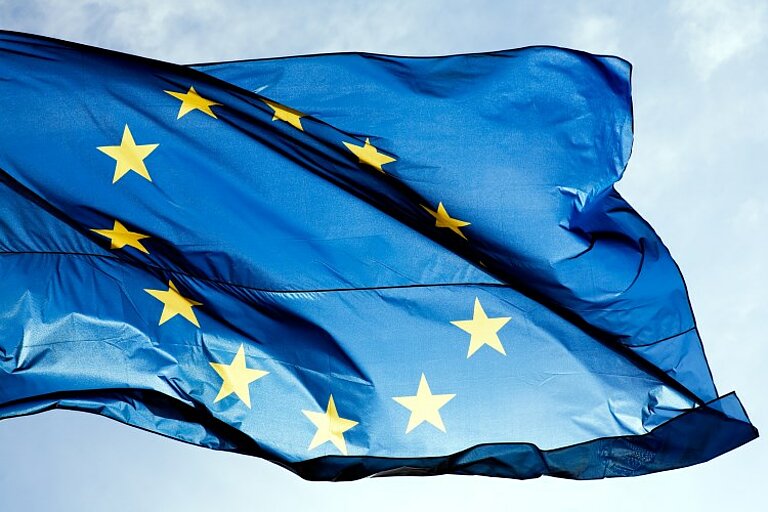Publications
![[Translate to Englisch:] [Translate to Englisch:]](/fileadmin/user_upload/Presse_und_Medien/mediathek/YouTube-Vorschaubild/NOA-Namur-Open-Architecture-Connectivity.jpg)
In addition to customs duties, different safety and environmental regulations also restrict trade. The solution is the harmonisation of legislation.

The harmonisation of the laws of the member states is carried out by European legislation. These consist of EU directives and regulations. They are embedded in the national legal systems without amendment of the contents. The products regulated by the directives can be offered anywhere in the European internal market without technical modifications.
From 1969, harmonisation directives were issued in the then European Economic Community (EEC). They contained amongst other things very specific technical requirements for products. The harmonisation proceeded slowly, and adaptation to technical progress was almost impossible. The breakthrough came in 1985 with the “New Approach”, which was modernised in 2008 by the “New Legislative Framework”.
The product requirements in the directives are limited to commonly held so-called “essential requirements”. The actual form of the protection objectives was transferred to the European standardization organisations CEN, CENELEC and ETSI. Conformity with the requirements is determined by a formal conformity assessment procedure. Depending on the potential risk of the products, this is done in the electronics industry largely on the own responsibility of the manufacturer, and without the mandatory involvement of testing authorities.
So far, some 20 product directives have been issued on this basis. In contrast to many previous national regulations, these directives also aim to transfer as much responsibility as possible onto the manufacturer in development, production and marketing. The involvement of authorities or legally authorised testing, certification and approval bodies at this stage is then only required if this is justified by a particularly high potential safety risk of the products.
The freedom granted is also exploited by unscrupulous providers. This is where state market surveillance comes into play. They check the products on the market on a random basis. This protects the consumer from unsafe products, and the domestic industry against competitive disadvantages. Anyone who saves costs at the expense of safety harms ‘honest’ market participants. For this reason, the electrotechnical and electronics industry calls for effective market surveillance.